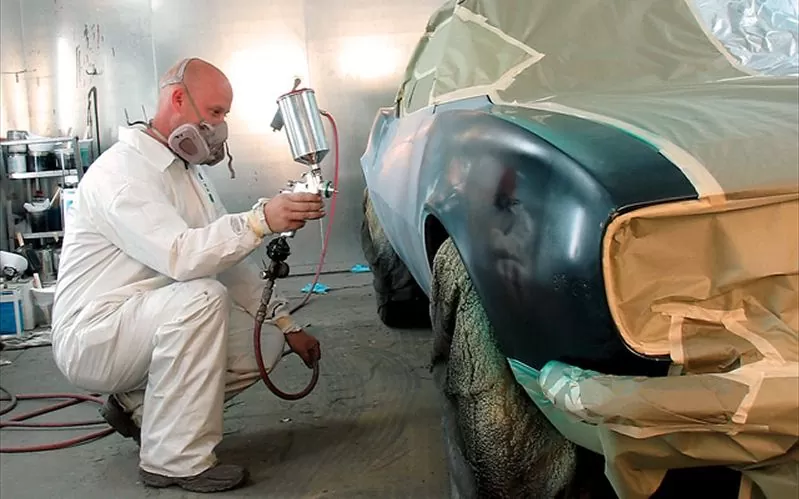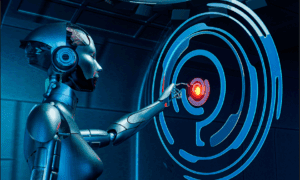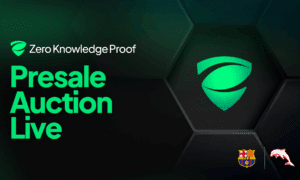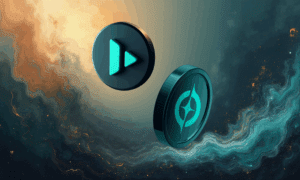When it comes to car paint, matching the exact color is both an art and a science. Whether you need a touch-up after a minor scratch or a full repaint due to damage, ensuring a seamless blend with the existing paint is crucial. A slight mismatch can be easily noticeable, diminishing your car’s appearance and value.
Understanding how professionals achieve a perfect color match can help car owners make informed decisions about paint repairs. In this article, we’ll explore the science behind color matching and the techniques used in modern car paint applications.
How Color Matching Works
Car manufacturers use specific color codes for their vehicles, but due to factors like exposure to sunlight and environmental conditions, paint can fade over time. This makes achieving a perfect match more complex than simply using the original paint formula.
1. Identifying the Paint Code
Every car has a unique paint code, usually found on a sticker inside the driver’s door, under the hood, or in the glove compartment. This code helps technicians identify the exact shade used by the manufacturer. However, due to aging and wear, additional adjustments may be needed to ensure an exact match.
2. Using Spectrophotometers for Precision
Modern auto body shops use advanced tools like spectrophotometers to analyze the current paint color of the car. This device captures the precise shade by measuring light reflection, helping technicians formulate a perfect match even if the paint has faded over time.
3. Mixing and Adjusting the Paint
Once the correct formula is determined, professional painters mix the paint using specialized equipment. They may add tints or adjust the shade slightly to match the surrounding areas. This step requires skill and experience to ensure a flawless result.
The Car Paint Application Process
Achieving a smooth and long-lasting paint finish involves several key steps:
1. Surface Preparation
Before applying new paint, the damaged area must be cleaned, sanded, and primed. This removes imperfections and ensures better adhesion of the new paint.
2. Applying Base Coat
The base coat is the actual color layer that matches the car’s existing paint. It is applied in multiple thin layers to create an even and natural-looking finish.
3. Adding a Clear Coat
A clear coat is applied on top of the base coat to protect the paint and give it a glossy finish. This layer enhances durability and resistance to environmental elements.
4. Blending for Seamless Results
To ensure there are no visible differences between the new and existing paint, technicians use blending techniques. This involves feathering the edges of the painted area into the surrounding panels, making the repair unnoticeable.
Why Professional Paint Repair Matters
DIY paint jobs often lead to noticeable differences in color, uneven application, or lack of durability. Professional services, such as those offered at car garage automotive, use advanced tools and expert techniques to ensure a factory-like finish.
In a Nutshell
Car paint matching is a precise science that involves advanced tools, expert techniques, and high-quality materials. Whether you need a small touch-up or a full repaint, professional services ensure your car looks as good as new. If your vehicle’s paint has scratches, chips, or discoloration, seeking car paint repair Dubai services can restore its appearance and protect it from further damage. For top,quality car paint repairs, visit Car Garage, where skilled technicians use the latest technology to restore your vehicle’s perfect finish.



































